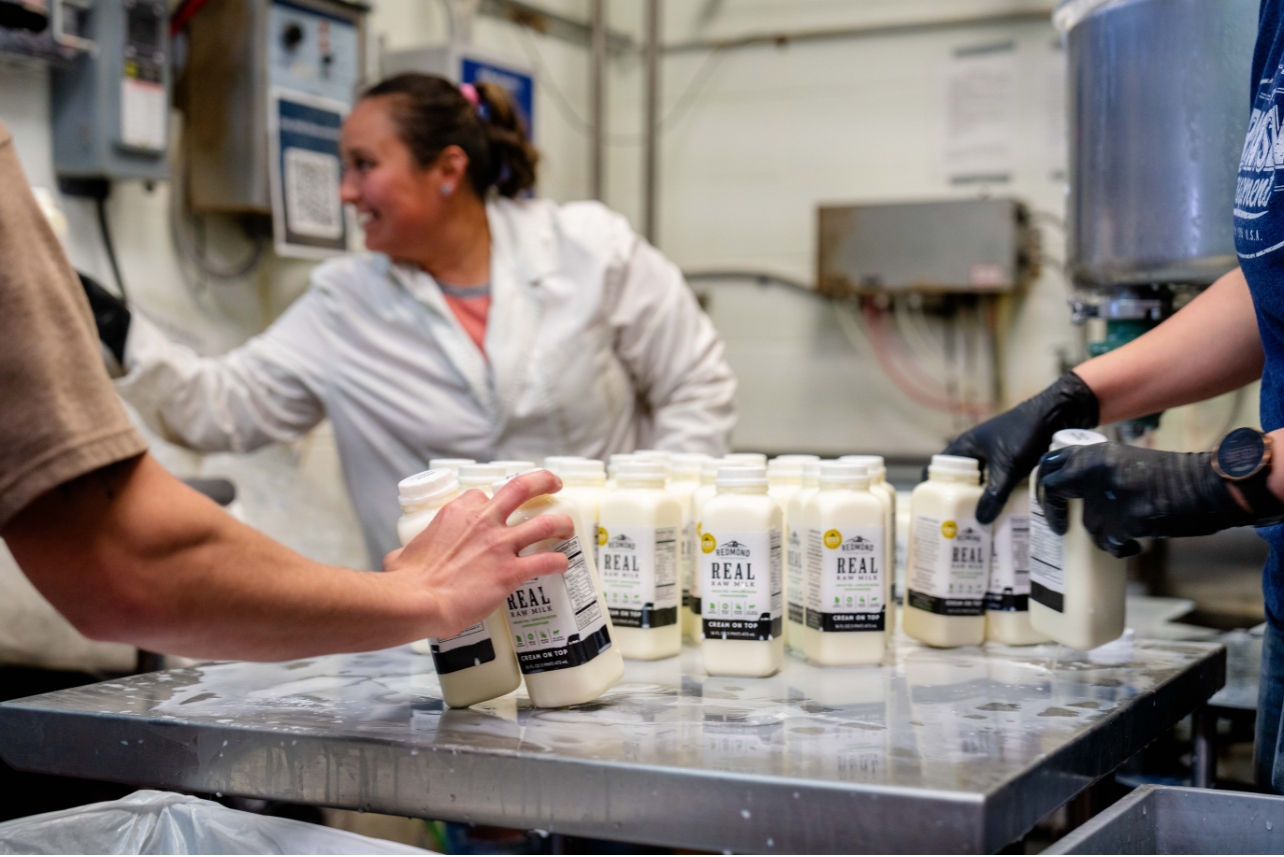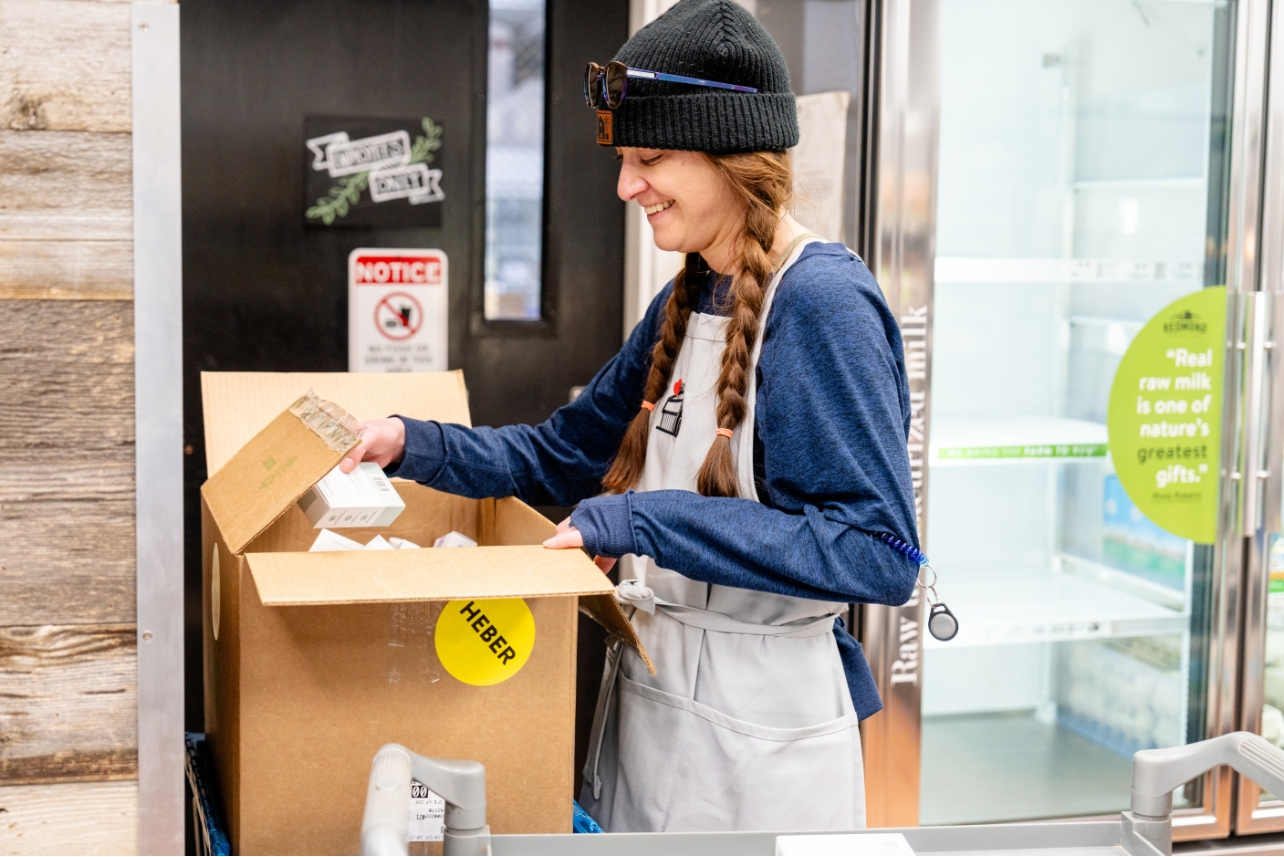Time to read: 3 minutes
Article at a glance:
- Ideas often get lost without a system. A Possibilities List captures inspiration before it fades, making future planning easier.
- Use it for Q2 projects and process improvements. Keep two lists: one for one-time tasks, one for repeatable systems.
- Make it accessible and review it often. Use a shared space like a whiteboard or doc, and revisit it regularly with your team.
- Watch for patterns and prioritize. Repeated ideas may signal important needs worth exploring or acting on.
We’ve all been there. We’re chugging along, working with our teams, and someone gets a great idea. Unfortunately, you don’t have time to stop everything and start on that idea right now without causing some serious hiccups.
Too often, that idea gets pushed to the back burner, and then off the stove completely when it’s forgotten. Then, when some time does come up to work on new ideas, everyone’s asking each other “What was that one thing we talked about that one time?”
Then what do we do?
Enter: The Possibilities List

A running possibilities list is a great way to record these ideas before they flit away. That way, when it’s time to incorporate new ideas, you already have a list of options ready to go. You can use that time more efficiently when it opens up rather than wasting time trying to think up or remember an idea.
Every team should have a list of possible Q2 projects. Review this list regularly and make sure that what you’re currently working on is the most relevant and helpful thing right now.
The goal is not for the possibilities list to get shorter or be ‘checked off.’ This is just a place to keep track of ideas, and you’ll NEVER run out.
Also, ideas aren’t necessarily solutions. They might be things to explore, friction points, or stuff that bugs you. Putting them on the idea list can help us keep track of them so we can find solutions later.
Types of Ideas
Ideas typically fall into two categories: one-time projects and ongoing processes.
Projects are things you do once with a clear end, like reorganizing a space or setting up a new tool. Processes are repeatable practices that become part of your routine, like data tracking or cleanup methods.
To stay organized, keep two separate lists: one for projects and one for process improvements.
How to Create a Possibilities List
Ideas tend to come from two main places: Conversations/meetings/collaborations, and daily work.
We’re never short on ideas at Redmond, but if we keep track of as many ideas as possible, we can more easily pick the best ones to implement.
How to Use a Possibilities List

o, how do you get the most out of these possibilities lists?
Capture insights in real time. Don’t wait. When you notice waste, confusion, an area to explore, or a possible improvement, write it down. Ideas fade, but recording them keeps them alive.
Give it a home. The list needs to live somewhere. Do what makes sense for your team. This might be a whiteboard, shared document, Trello, Favro, etc. What matters is that everyone on your team can access it and review it with ease.
Review it regularly. Review the list often, maybe even daily. Look over it in every team meeting, and make updates. Cross things off, add, adjust, etc. Make this part of your routine. Go over it in your team meetings.
Watch for patterns. As you keep track of the different possibilities that come up, you may notice that something comes up again and again. This might indicate that this needs more attention or should be a priority.
Give it a try
Possibilities lists are a great way to remove friction and create space for new improvements and ideas!



